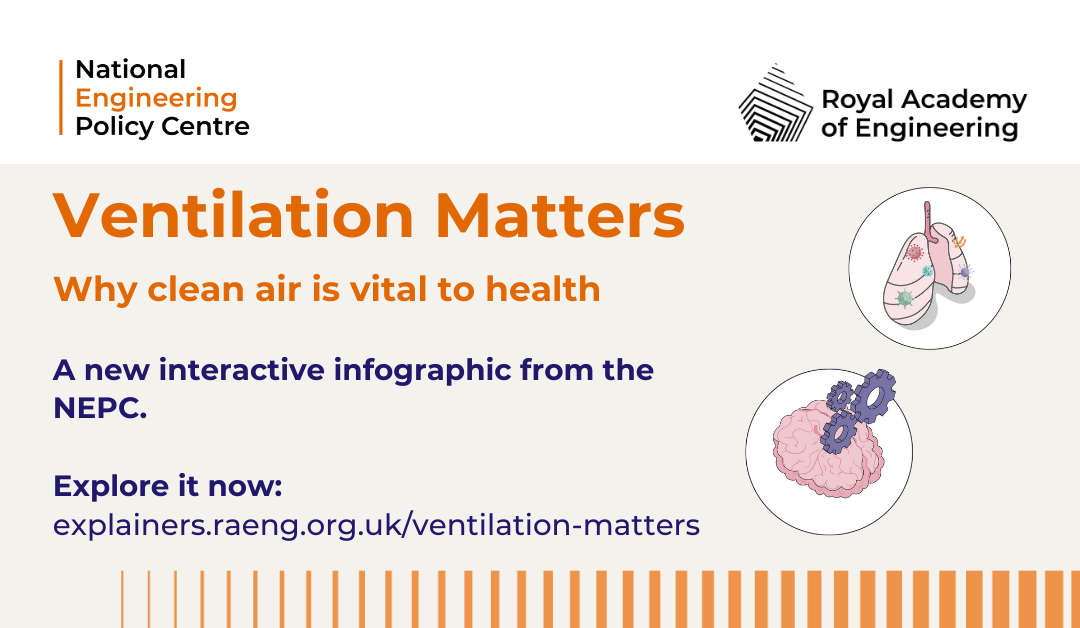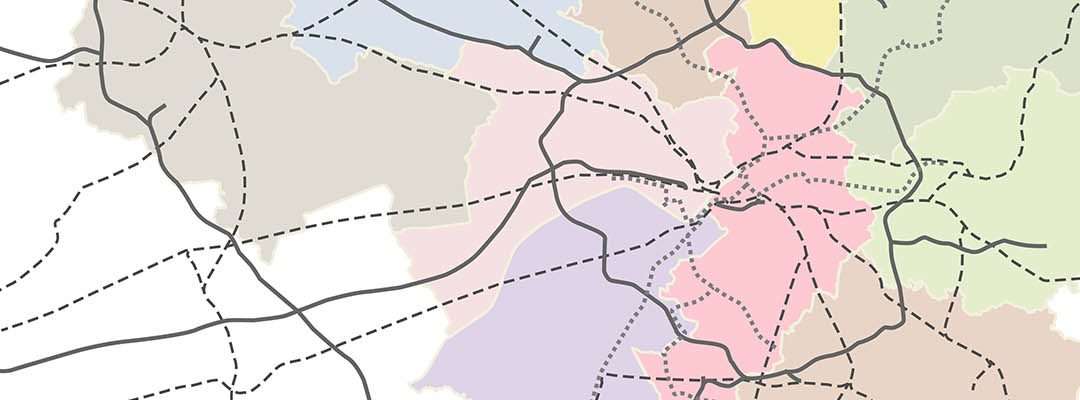
Excess mortality among essential workers in England and Wales during the COVID-19 pandemic: an updated analysis
During 2020, excess mortality during the COVID-19 pandemic varied over time and by occupation. Essential workers, particularly those in healthcare, had higher excess mortality than non-essential workers throughout 2020 in England and Wales.The first national lockdown...

Quantifying the risk of workplace COVID-19 clusters in terms of commuter, workplace, and population characteristics.
This study from Theme 1 researchers of the PROTECT NCS used novel national data linkages to identify potential risk factors of workplace COVID-19 clusters, including possible protective effects of vaccination and increased physical distance at work. This e-print...

A mathematical model for assessing transient airborne infection risks in a multi-zone hospital ward.
Airborne transmission is an infection route for many pathogens such as Tuberculosis (TB), Influenza and more recently SARS-CoV-2 (the virus that causes COVID-19). With respiratory diseases already being a major contributor to pressure on hospital systems such as the...

Researchers share study findings with key stakeholders at online event
Last week researchers from theme 3 of the PROTECT NCS shared findings from their Greater Manchester Case Studies with key stakeholders. The team conducted a Greater Manchester Case Study, to investigate workplace responses during the pandemic, changes as a result of...

Differential Risk of SARS-CoV-2 Infection by Occupation: Evidence from the Virus Watch prospective cohort study in England and Wales
This paper by PROTECT theme 3 researchers and the Virus Watch community cohort study, investigates how occupational differences in SARS-CoV-2 infection risk has changed over time, and includes updated data from the Omicron wave in England and Wales. Most pronounced...

Ventilation matters – why clean air is vital to health
The National Engineering Policy Centre have produced a new interactive infographic - Ventilation Matters - why clean air is vital to health - exploring why effective ventilation indoors is important for enabling the health and wellbeing of people. Based on the NEPC’s...

Performance measurement of capture mask, including characterisation of full operating performance
This report from theme 2 researchers of the PROTECT NCS, details experimental studies designed to investigate the performance of a new facemask design with impactor plate capabilities for segregating aerosols and droplets by size. This includes collecting and...

Multi-compartment Within Host Model
This report is an extension of the work of PROTECT Phase 2 and covers the work done under phase 3 of PROTECT, in which researchers from theme 2 of the PROTECT NCS, developed simplified models and introduced two different viral mechanisms anddose-response models. In...

An exploration of how ‘Living with COVID’ influences COVID-19 transmission risk, response and resilience in workplace settings: a Greater Manchester Case Study – Study 1
The aim of this study, from theme 3 researchers of the PROTECT NCS, together with the accompanying Case Study 2, was to assess how the ‘Living with COVID’ change in policy and guidance affected transmission risk, response and resilience in workplace settings in...

Surface sampling for SARS-CoV-2 in workplace outbreak settings in the UK, 2021-22
As part of the COVID-19 Outbreak investigation to Understand Transmission study (COVID-OUT) study, environmental surface sampling was conducted at workplaces reporting cases of COVID-19 within their workforce to establish areas of contamination within workplaces,...






Recent Comments